TERMITE TYPES
Termite Types
There are three Termite Types – Subterranean, Damp wood, and Dry wood termites. The Subterranean termite lives in the ground which provides the dampness required for it to stay alive. The Damp wood termite needs a lot of moisture to survive but does not need to return to the ground. It can stay in the wood which is close to the ground or near a leaking roof. The Dry roof termite is often found living in desert areas. They do not need water or moisture to survive and can nest in dry seasoned wood. All the Termite Types are a nuisance for us.
Control of Termites
Termites attack a building from their colonies under its floor or from outside or both. Any treatment given should be such that it prevents future re-infestation through the foundation. This is achieved by four technical operations.
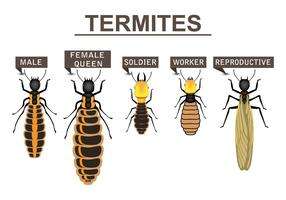
Termite Types
Structural alterations: this includes any structural operation which renders a structure less susceptible to termite attack or which renders the immediate surroundings of a structure less favorable to termites.
Soil treatment: chemicals are applied to the soil immediately adjacent to or under a structure for the purpose of eliminating existing infestations and creating an insecticidal barrier.
Foundation treatment: this involves the application of chemicals to any type of foundation for preventing access to termites.
Wood treatment: chemicals are applied to wooden members of the structures to render them resistant to termites.
Termiproof Treatment: In this treatment, loops are laid beneath the plinth to refresh the layer of the chemical after efficacy of termiticide is lost.
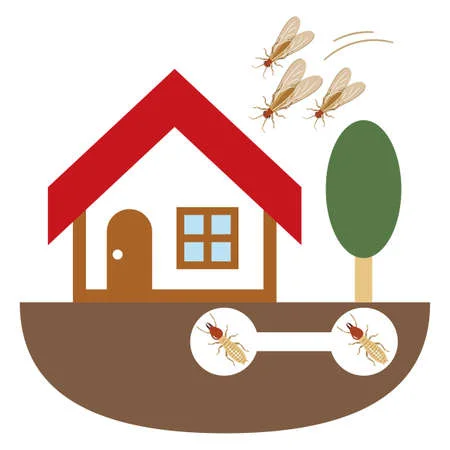
दीमक
दीमक तीन प्रकार के होते हैं – भूमिगत, नम लकड़ी और सूखी लकड़ी दीमक। भूमिगत दीमक जमीन में रहती है जो उसे जीवित रहने के लिए आवश्यक नमी प्रदान करती है। नम लकड़ी के दीमक को जीवित रहने के लिए बहुत अधिक नमी की आवश्यकता होती है, लेकिन उसे जमीन पर लौटने की आवश्यकता नहीं होती है। यह लकड़ी में रह सकता है जो जमीन के करीब है या एक लीक छत के पास है। सूखी छत का दीमक अक्सर रेगिस्तानी इलाकों में पाया जाता है। उन्हें जीवित रहने के लिए पानी या नमी की आवश्यकता नहीं होती है और वे सूखी लकड़ी में घोंसला बना सकते हैं।
दीमक का नियंत्रण
दीमक अपनी कॉलोनियों के फर्श के नीचे या बाहर या दोनों से एक इमारत पर हमला करते हैं। दिया गया कोई भी उपचार ऐसा होना चाहिए कि यह नींव के माध्यम से भविष्य में पुन: संक्रमण को रोकता है। यह चार तकनीकी कार्यों द्वारा प्राप्त किया जाता है।
संरचनात्मक परिवर्तन: इसमें कोई भी संरचनात्मक संचालन शामिल है जो एक संरचना को दीमक के हमले के लिए कम संवेदनशील बनाता है या जो संरचना के तत्काल परिवेश को दीमक के लिए कम अनुकूल बनाता है।
मृदा उपचार: मौजूदा संक्रमणों को खत्म करने और एक कीटनाशक अवरोध पैदा करने के उद्देश्य से एक संरचना के निकट या उसके नीचे मिट्टी में रसायनों को लागू किया जाता है।
फाउंडेशन उपचार: इसमें दीमकों तक पहुंच को रोकने के लिए किसी भी प्रकार की नींव के लिए रसायनों का उपयोग शामिल है।
लकड़ी उपचार: संरचनाओं के लकड़ी के सदस्यों को दीमक के लिए प्रतिरोधी बनाने के लिए रसायनों को लागू किया जाता है।
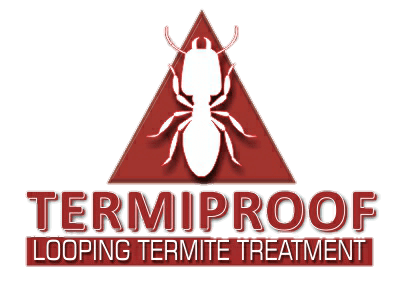
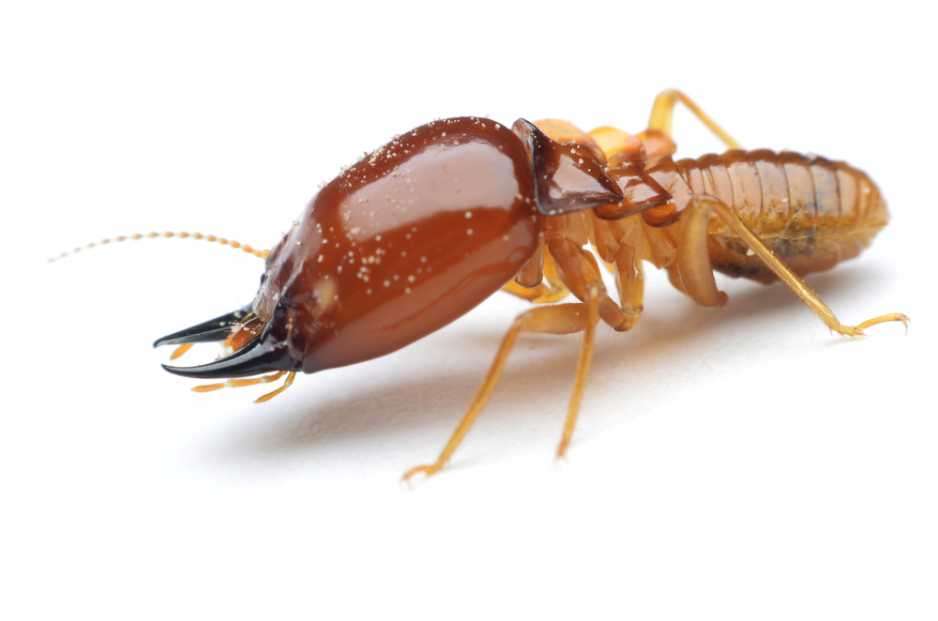
टर्मिप्रूफ उपचार: इस उपचार में दीमक की प्रभावशीलता समाप्त होने के बाद रसायन की परत को ताज़ा करने के लिए प्लिंथ के नीचे लूप बिछाए जाते हैं।
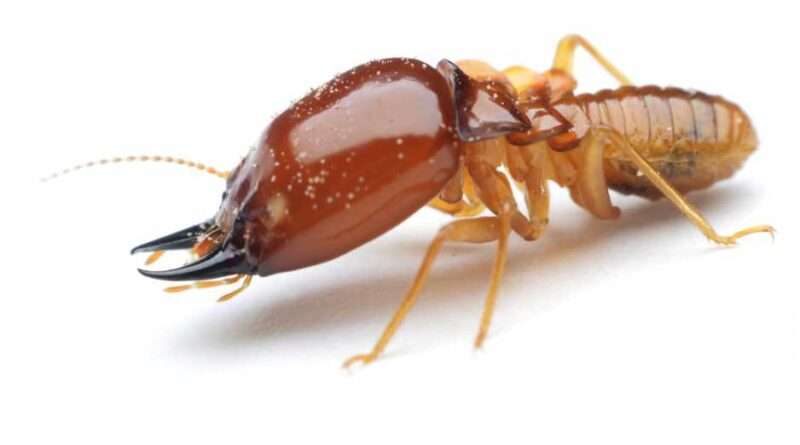
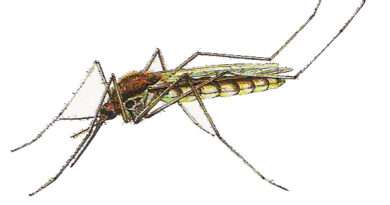
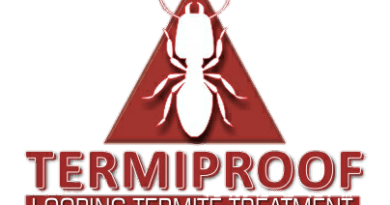
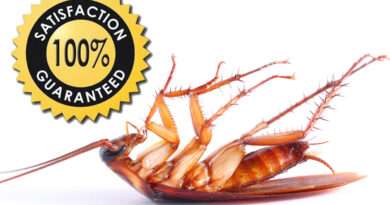
Good knowledge
Good knowledge to share